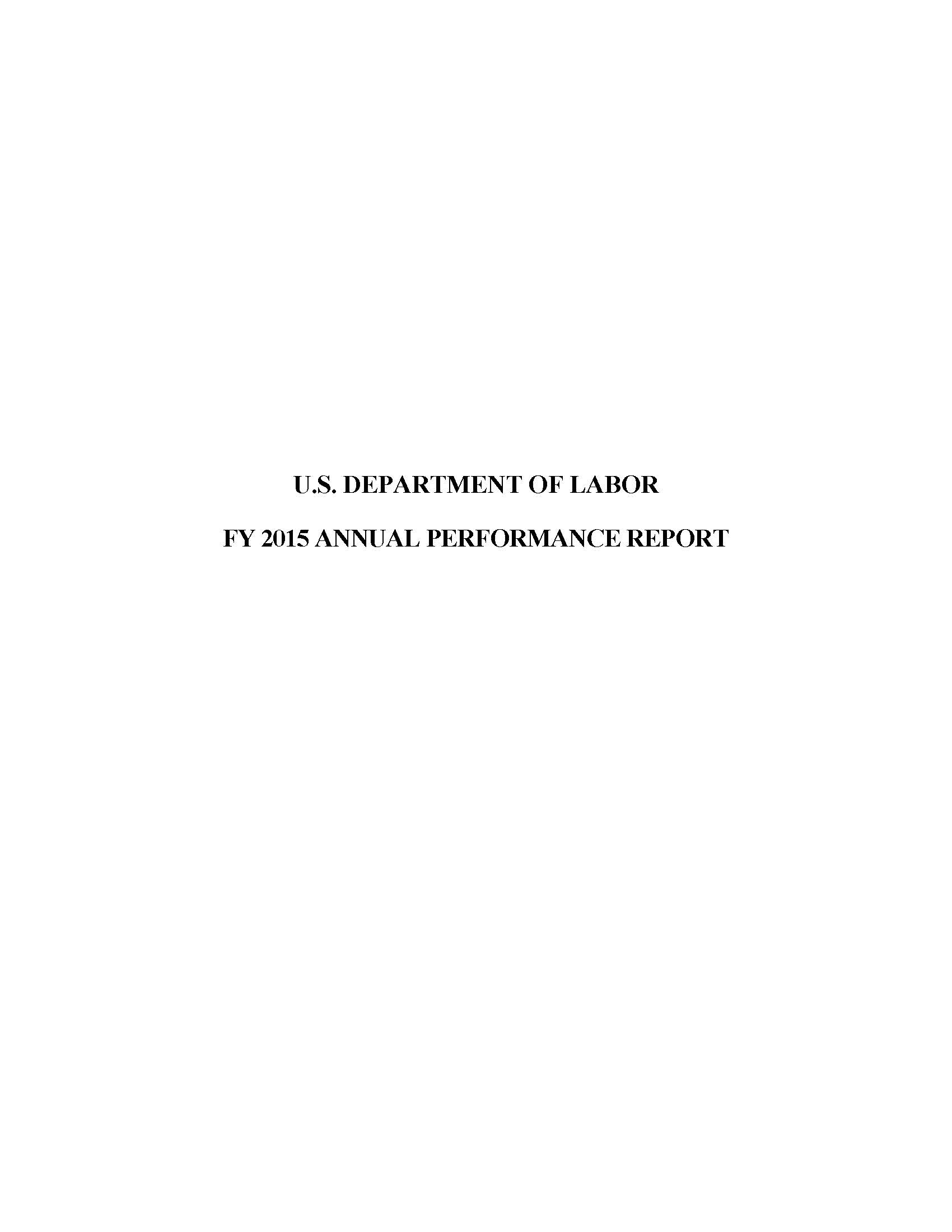- Home
- Agencies
- Department of Agriculture
- Department of Housing and Urban Development
- General Services Administration
- Department of Commerce
- Department of the Interior
- National Aeronautics and Space Administration
- Department of Defense
- Department of Justice
- National Science Foundation
- Department of Education
- Department of Labor
- Office of Personnel Management
- Department of Energy
- Department of State
- Small Business Administration
- Environmental Protection Agency
- Department of Transportation
- Social Security Administration
- Department of Health and Human Services
- Department of the Treasury
- U.S. Agency for International Development
- Department of Homeland Security
- Department of Veterans Affairs
- Goals
- Initiatives
- Programs
Primary tabs
Strategic Objective
Provide sound and impartial information on labor market activity, working conditions, and price changes in the economy for decision making, including support for the formulation of economic and social policy affecting virtually all Americans
Strategic Objective
Overview
BLS is the principal Federal statistical agency responsible for measuring labor market activity, working conditions, and price changes in the economy. Its mission is to collect, analyze, and disseminate essential economic information to support public and private decision-making. Like all Federal statistical agencies, BLS executes its statistical mission with independence, serving its users by providing products and services that are accurate, objective, relevant, timely, and accessible. Policies and decisions based on BLS data affect virtually all Americans, and the wide range of BLS data products is necessary to fulfill the diverse needs of a broad customer base.
Contributions to achievement of this goal include programs administered by the Bureau of Labor Statistics (BLS); and are organized under the following agency-specific performance goal: • BLS – Improve the timeliness, accuracy, and relevance of information on labor market activity, working conditions, and price changes in the economy.
Read Less...Progress Update
This objective is supported by the programs of the Bureau of Labor Statistics (BLS).
BLS has been, and will continue to be, responsive to users’ needs to understand changes in the
21st century economy. For example, in FY 2015,
- The Prices and Cost of Living budget activity introduced experimental disease-based price indexes to provide alternative estimates of inflation for medical output and consumption. These indexes use price data from both the Producer Price Index and Consumer Price Index programs along with quantities from the Department of Health and Human Services’ Medical Expenditure Panel Survey, and give data users additional ongoing information about the evolution of the nation’s healthcare system.
- The Current Population Survey added three questions on certification/licensure and removed three infrequently-used educational attainment questions to offset any increase in survey length and ease.
BLS also demonstrates its responsiveness to users’ needs by measuring the timeliness, accuracy, and relevance of its products and services, among other metrics. In FY 2015, BLS reached 100 percent of the underlying timeliness, accuracy, and relevance targets for all of its Principal Federal Economic Indicators. In addition, BLS measured dissemination through the Average number of BLS website page views each month, and fell slightly under its target of 17.4 million by averaging approximately 17.0 million page views each month. BLS measured mission achievement with Customer satisfaction with the BLS website through the American Customer Satisfaction Index, with a year-end score of 75, under its target of 77. BLS adjusted its outyear targets accordingly.
The external factors most likely to affect the ability of BLS to accomplish its mission are structural shifts in the economy and continued budgetary constraints. The structural shifts in the economy translate into different, and sometimes new, demands for data as industrial sectors supersede others, and as consumer goods replace others. BLS will continue to develop and publish new surveys and products to meet the data needs of the American public. BLS also faces challenges due to budgetary constraints. For example, the FY 2015 funding level was below the President’s Budget, requiring BLS to achieve savings to remain within the reduced level. In order to maintain current production and core programs within this funding level, the BLS curtailed spending on a temporary basis in FY 2015. This means, for example, that planned training, improvements, and development and research projects were deferred or curtailed. In addition, BLS has raised the need to promote the sharing of existing economic data among BLS, the Census Bureau, and the Bureau of Economic Analysis, and to improve the nation’s economic statistical system by providing the resources necessary to align each agency’s data outputs.








